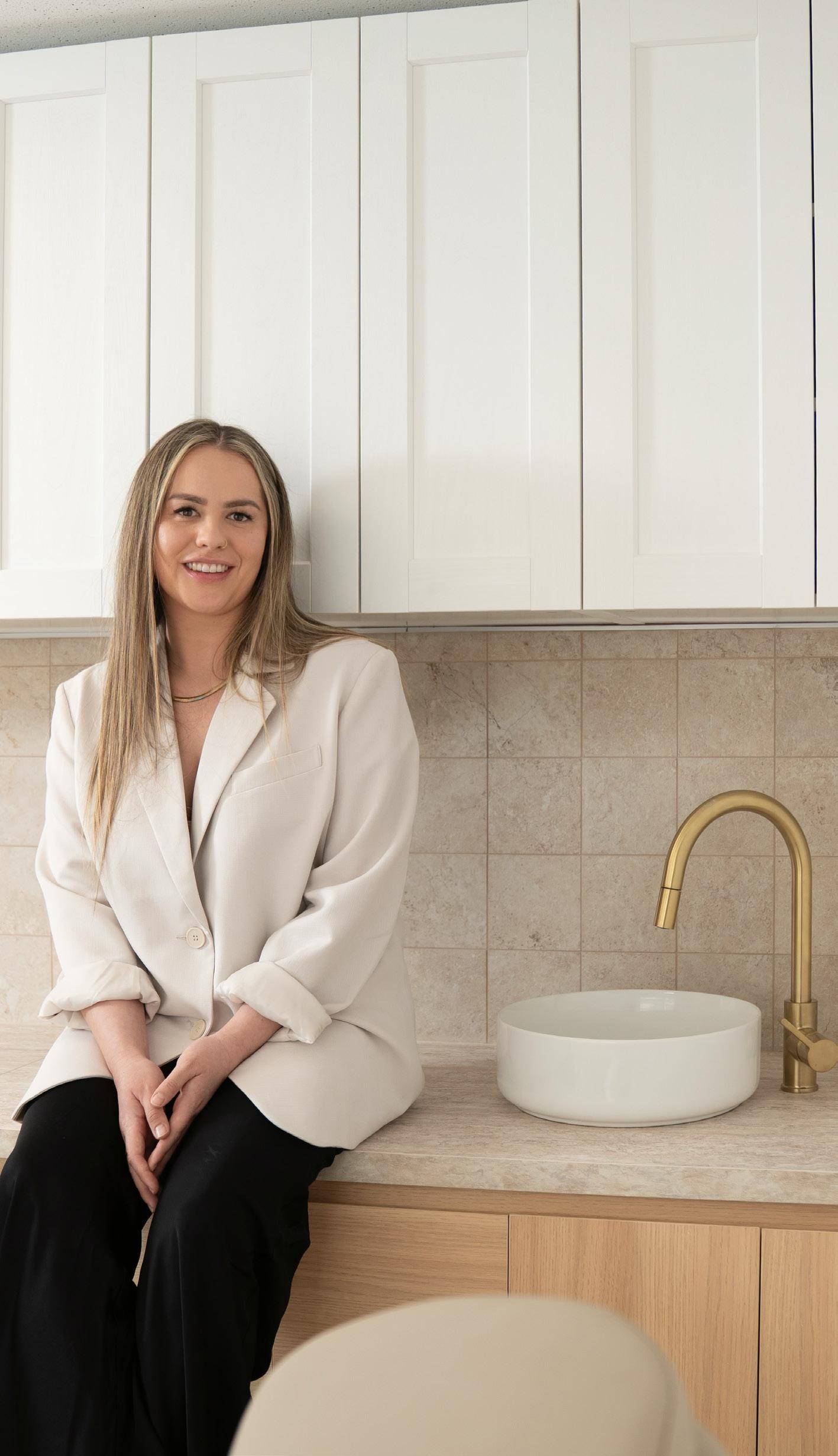
18 minute read
PB BUSINESS - PROJECT: SLAON
PROJECT: Salon
What happens when you build a salon from scratch in a public way?
Harmony Tera has done just that, launching Project: Salon with the aim of providing a uniquely transparent lens into the very real ups-and-downs of founding your own business. Hannah Gay followed Harmony’s progress from start to finish, opening Lemonade Brows in Sydney’s Inner West. Here’s how it went.
What inspired the idea behind Project: Salon, and for how long was this idea in the works?
“Honestly, this wasn’t something I had been planning for a long time; it all came together pretty organically. Since launching beauty exchange platform, Swapp, I’ve had less and less time to be on the tools, and managing my last remaining salon was starting to feel like a stretch. I’d already sold my flagship salon about a year ago, and when my landlord decided to almost double the rent earlier this year, I saw it as the perfect opportunity to step back and rethink what I actually wanted.
That’s when I decided to downsize. I started packing down my remaining lash and brow salon and began looking for a smaller space - one that would allow me to focus purely on the part of my work that I love most: cosmetic brow tattooing. I only wanted to take clients a couple of days a week, and I wanted those clients to be the kind of women I genuinely love working with. So, I started building a space that was designed specifically for that purpose.

At the same time, I was in the thick of growing Swapp. And as I was having conversations with other professionals in the industry, I realised that so many of us were navigating similar changes: closing down salons, starting fresh, going solo, reducing hours after having kids, or just rethinking how we wanted to work. I found myself talking about what I was doing a lot, and the feedback I got made me realise that my journey wasn’t just my own - it was something others were curious about, and could actually learn from.
That’s where Project: Salon was born. I wanted to document the process of building this space honestly and transparently, and show what it really looks like to create a salon from scratch while juggling a startup, shifting priorities, and staying true to what you actually want. It’s not about making it look easy; it’s about showing the reality of it so that others can see what’s possible, and maybe feel a bit less alone in whatever chapter they’re in.”
I understand you managed a salon for nine years prior to commencing Project: Salon. Have you ever built your own salon from scratch before?
“Yes, this is the third salon I’ve built from scratch now and I’ve learned something new (and usually unexpected) every single time.
The first one I opened with my best friend back in 2016. We were great at the actual work, but completely clueless about running a business. We didn’t have a sign, or even a Google listing at the start. We didn’t know the first thing about leases or tax or marketing. We didn’t even know there was a difference between a residential and commercial lease until we got asked for three months’ rent upfront as a bond. We also had no idea we needed council approval! We had to learn everything the hard way. It was a pretty steep learning curve, but we figured it out. Eventually, my friend moved back to Ireland, I bought her out, and I sold the salon successfully about a year ago.
THE MORE I SAT WITH IT, THE CLEARER IT BECAME: I WANTED TO BUILD SOMETHING THAT SUITED ME. A SMALL, NICHE SPACE OF MY OWN, WHERE I COULD DO THE WORK I LOVE FOR THE PEOPLE I LOVE WORKING WITH. ONCE I MADE THAT DECISION, EVERYTHING ELSE QUICKLY FELL INTO PLACE.
In 2021, I opened my second salon on my own (just weeks before the second lockdown hit). I just closed that space in June this year because I’ve shifted focus again. With Lemonade, I’m going solo, specialising in cosmetic brow tattooing, and keeping things simple - just me, my favourite service, and the kind of clients I love working with.
Each salon has taught me something, but the biggest growth has come from chatting with other salon owners; sharing what we’ve been through, what worked, what didn’t. That kind of open exchange has helped me grow just as much as any real-life experience. It’s a huge part of why I started Swapp and why I’m being so transparent about this journey with Project: Salon. I genuinely believe we’re all better off when we stop gatekeeping and start learning from each other.”
What was the very first step you had to take in getting Project: Salon off the ground?
“Mentally committing to the idea. I’d received notice from the real estate agency that a new tenant would be taking over my existing space so, in a way, the decision was made for me. That chapter was naturally closing, and it no longer fit where I was heading anyway. I’d already started winding the business down as Swapp was growing, and the idea of running a full salon with staff just didn’t align with where I saw my future or with what I could commit to with time and mental capacity.
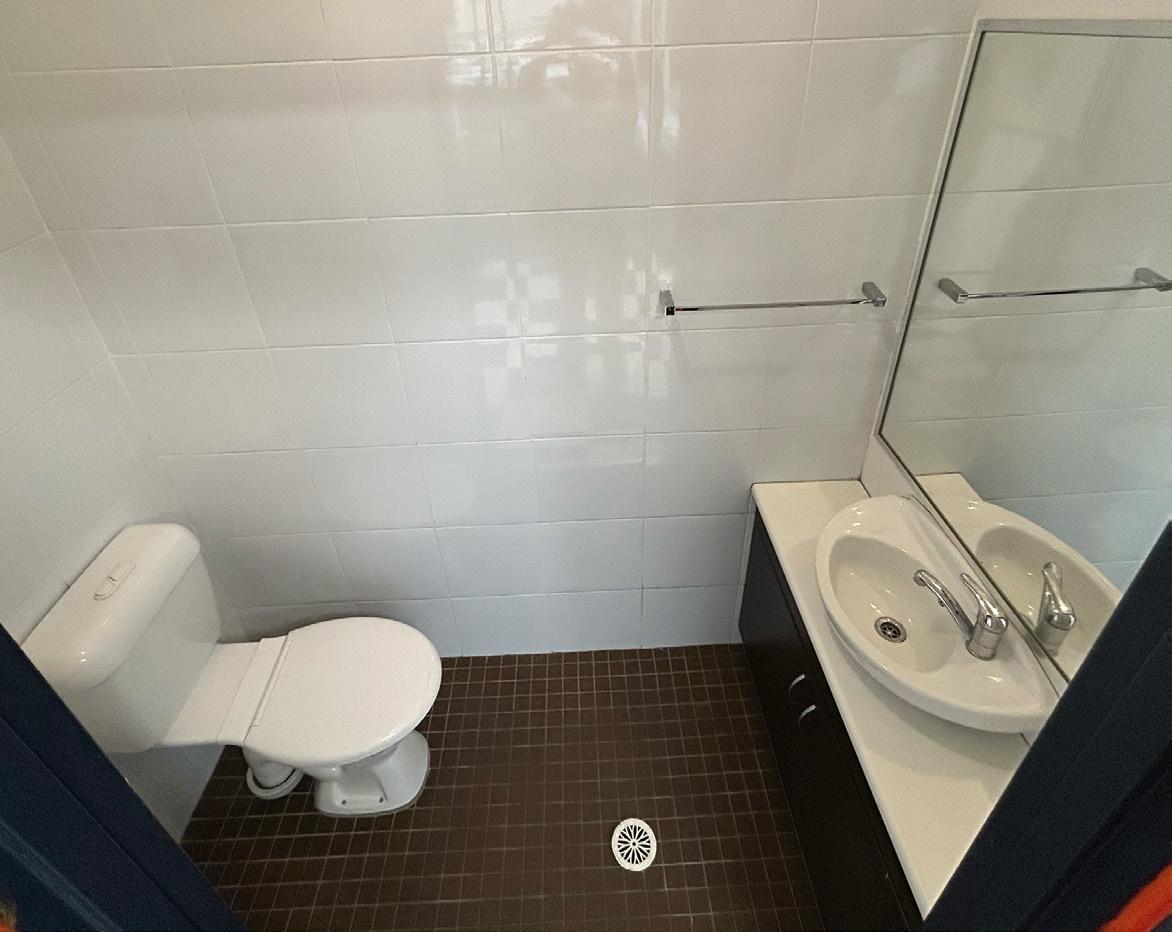
I did play around with a few options at first (maybe I’d rent a room somewhere and just quietly look after my existing clients), but the more I sat with it, the clearer it became: I wanted to build something that suited me. A small, niche space of my own, where I could do the work I love for the people I love working with. Once I made that decision, everything else quickly fell into place.”
What key features were you looking for when sourcing a space for your salon?
“I was looking for lots of natural light, and a location that was easily accessible from different areas of Sydney; somewhere well connected to both public transport and main roads. I wanted it to be in a busy area, but quiet enough inside the salon so clients could still feel calm. I was also looking for something small-ish, and ideally a space that would be easy to renovate and fit out the way I needed.”
Council approvals, lease negotiations and solicitor sign-offs are notoriously difficult for any small business. What hurdles have you faced in achieving these, and how long were you waiting to secure all of these approvals?
“Ah council approvals and lease stuff… it really does my head in. Every time I think I know what I’m doing, something new pops up.
Originally, I had another space locked in and had gone through the process of negotiating the lease (it was only from talking to other salon owners that I even realised you could negotiate these things!) I managed to get a rent-free period, a few extras installed in the space before signing, and pushed back on some clauses in the lease that just didn’t sit right with me. That lease was being handled by the real estate agency, as it was a commercial lease that was less than three years long, so didn’t need to be handled by a solicitor.
There were a few red flags that reminded me of past real estate dramas… I’ve learned to trust that feeling. So, even though I’d already started council approvals and paid a town planner almost $1,000 for a Statement of Environmental Effects (SEE), I pulled out. It took about three weeks of back-and-forth, but I knew it was the right decision long-term.
I secured another space pretty quickly after that. It’s a retail lease, which I’ve never done before (my other salons were commercial), so that came with a whole new set of processes: solicitors on both sides, longer turnaround times, and a lot more paperwork. My solicitor is actually the husband of one of my clients who had helped me with the sale of my first salon. He cost me about $2,500 and added three weeks to the timeline, too. This real estate agency wasn’t as flexible with negotiations, but I did get four weeks at half rent, so that’s something. I feel really safe with how professional and ‘red-tapey’ these guys are.

Changing locations also meant changing councils. I had to follow up six times with the first council, just to get one email response. My new space’s council has been the total opposite: fast, clear, on the ball... wild! I also had to get a new SEE drawn up for the new space (another cost), but I’ve been taking a more proactive approach this time, following up with council. And, I joined ABIC, which has been amazing (and another move that I wish I had done before opening my other salons). They help explain the bits I don’t fully understand, and make the whole council process feel a bit less scary.
Even now - three salons in - I still get jumpy when I’m contacted by council. But this time around, I feel like I’ve got more support, more knowledge, and way more clarity than I ever did in the past.”
What were you looking for when sourcing a builder? And were they successful in helping you achieve your goals?
“To be honest, I didn’t have a lot of luck with builders.
I started with someone who was great for the first location but when I had to change spaces, our visions no longer aligned. By the time I needed him again, he wasn’t available due to project delays.
THIS WAS MORE THAN I HAD INTENDED TO SPEND ON THE SALON, AND THIS IS EXACTLY WHY I WANTED TO SHARE THIS PUBLICLY, BECAUSE IT’S SCARY NOT HAVING ANY IDEA ABOUT HOW WRONG THINGS CAN GO.
I found another builder through Airtasker. I’d seen photos of his previous work and liked that there was some level of security through the platform. I’d also done my research and was really careful not to pay anything up front (I paid for each job after 90-100% of the work was completed). Just before starting the final job, he became completely uncontactable, removing all his tools from the site. Almost every job remained unfinished, despite having paid for them. To make matters worse, he had taken the salon key, so I had to get the police involved to ensure the premises were secure again.
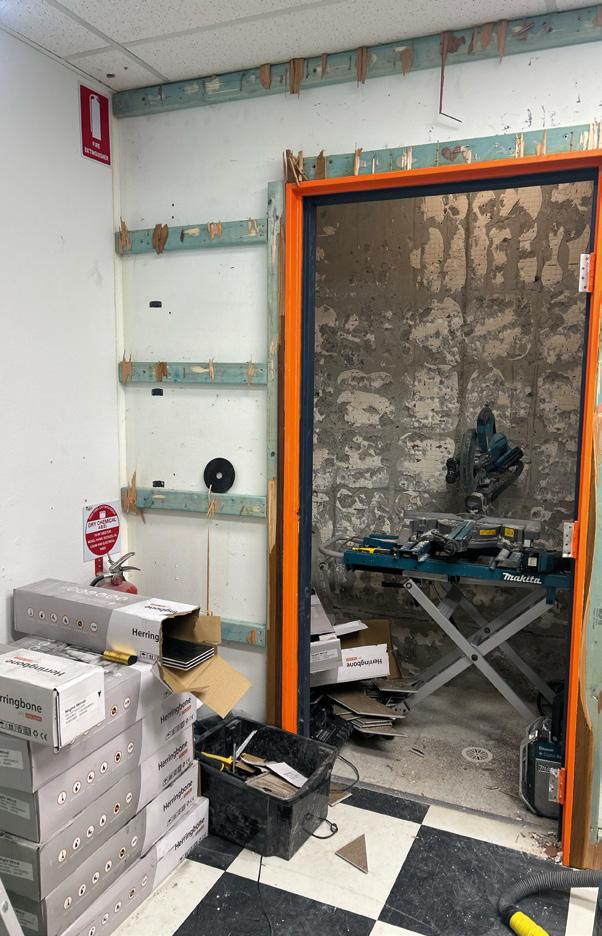
I’ve since had to bring in other builders to fix and finish everything. These new builders, who were referred by my sister, told me the original builder’s work was rough and not to standard. To fix it properly would cost another $3,000. They also explained that ‘cowboy builders’ are unfortunately common, and that women outside the building industry are often easy targets.
My biggest advice would be to always check a builder’s license number online and try to find someone through word-of-mouth or trusted recommendations. Right now, it’s hard to protect yourself without a personal connection, but I really hope that changes in the future.”
Did you enlist the support of an interior designer or architect to help you fit-out the space?
“Yes. I worked with one of my clients from a previous salon, Maria Vrondas from Archivore, who’s an interior architect. She gave me some incredible advice that completely shifted how I approached the space. Rather than just focusing on how it looked, she encouraged me to connect the design with how I want my clients to feel when they’re in it.
Because I work with older clients who want their brows to feel like a natural, timeless part of their face and not a trend, she helped me understand that the space needed to reflect that same ethos. It had to feel calm, refined, and elevated. She encouraged me to incorporate natural materials like wood and stone to reflect my emphasis on the natural, and to use more luxurious finishes like brushed brass fixtures to bring a sense of quality and care to the details.
Since my services are bespoke, the space needed to have that custom, considered feel as well. She guided me through what materials to use, what colours would support the experience I was creating, and how to ensure it all felt cohesive. I ended up going with a neutral palette - soft whites, beiges, and natural tones - to visually signal that my work is about subtlety, balance, and enhancing what’s already there.”
Have you had any immediate outlays for tattooing equipment, backbar solutions, or retail?
“Because I’d already been providing this service at my previous salon, I didn’t have to invest heavily upfront, as I already had most of the essential equipment and supplies. However, to focus exclusively on this one service, I’ve ordered additional stock of what I already use, doubling up on tools like tattoo machines (with extra batteries), and replenishing pigments and disposables to prepare for increased usage.
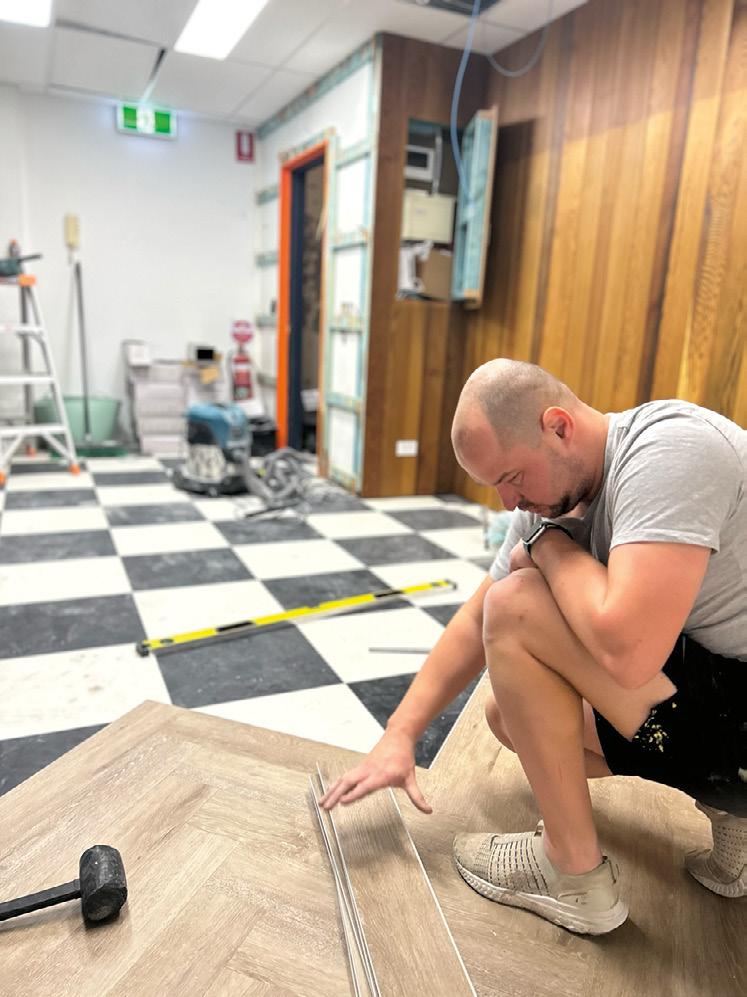
I haven’t started retailing products specifically for brow tattooing yet, but I’m currently researching some specialised skincare lines. My aim is to offer targeted anti-ageing products that address the concerns of my clientele, who generally share similar skincare needs. It won’t be a full retail range, but a curated selection of effective, targeted products to complement the service.”
Who did you work with to get Lemonade Brows’ digital components up-and-running?
“I built the Lemonade Brows website myself using Squarespace, which I found pretty straightforward. I always recommend it to other salon or small business owners because it gives you control over the backend, which is so helpful for updating information, writing blogs to boost SEO, and saving money where you can, especially when starting out. I don’t think web developers are useless at all, but I do think a DIY solution like this can be incredibly useful when you’re trying to keep overheads low.
I’ve used Fresha since around 2015, so I’m really comfortable navigating it now. I just added my services and details directly.
As for advertising and marketing, that’s been a mix of learning from other experienced salon owners, doing online research, and getting advice from social media managers to get the fundamentals in place. I prefer to get my hands dirty with this kind of thing. I like having a clear understanding of what’s going on in every part of my business, especially the parts that affect how people find and connect with me.”
Lemonade Brows has a target demographic of women over the age of 45. How do you intend on marketing the business to this specific clientele?
“Marketing to this demographic is very different from a younger, trend-driven audience, so I’ve been really intentional in tailoring how I’ll reach them. Women over 45 are typically less influenced by social media and more guided by referrals and word-of-mouth. They’re often in Facebook groups and still engage with local publications. They trust the people they already know.
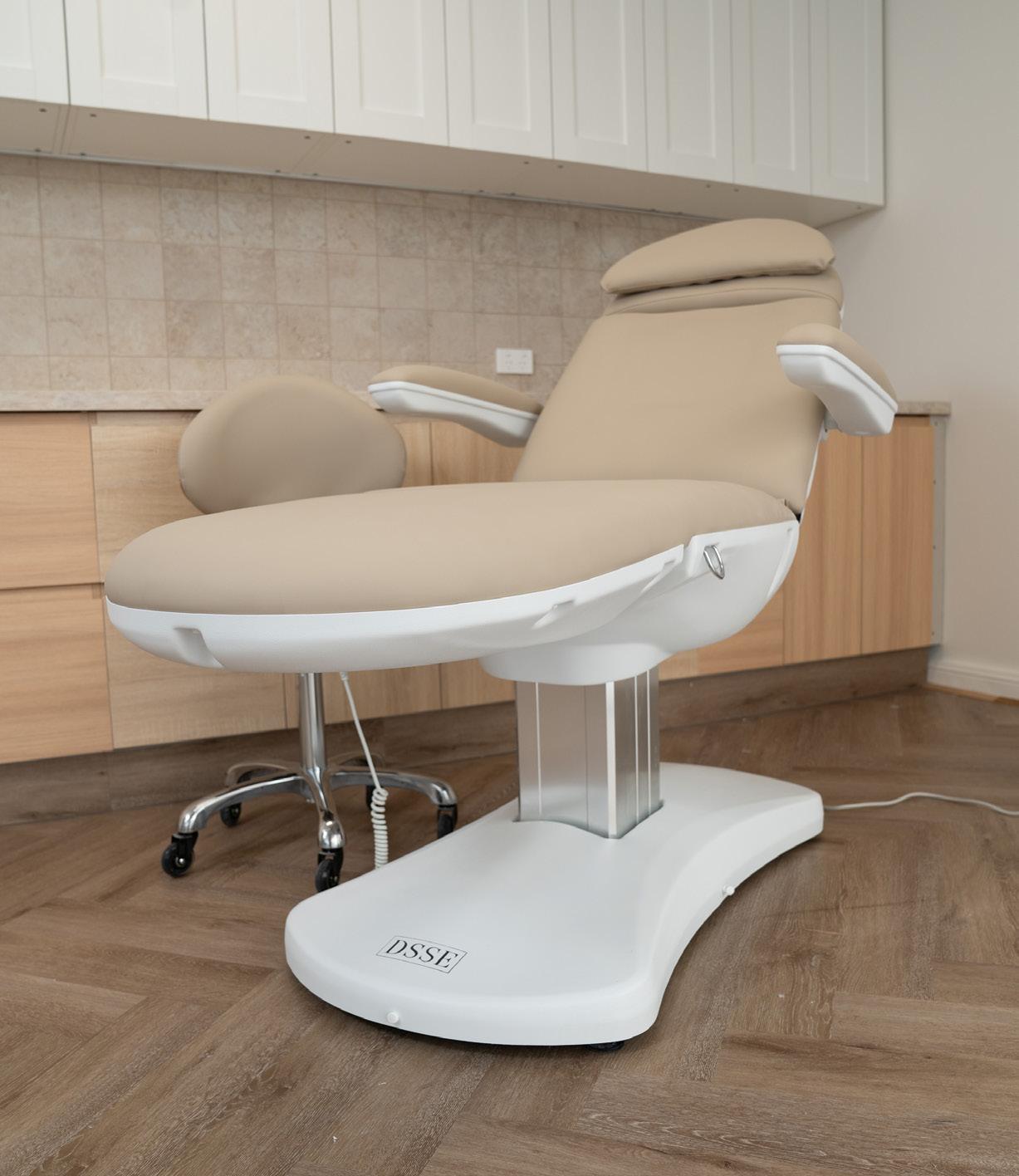
Therefore, my main strategy is offline. I’m planning to personally connect with other local service providers who my ideal clients already trust, such as skin therapists, hair salons, and natural health providers, and build relationships that could lead to referral systems. I want these professionals to feel genuinely confident recommending me to their clients so that trust can transfer naturally. I also plan to use targeted Meta advertising, flyer drops in the local area, and participate in Facebook groups where this demographic is active. I’ll be distributing a press release to media outlets whose audiences align with my clientele, too.
But beyond marketing channels, what really connects me with this demographic is how I work. I don’t just specialise in the service - I specialise in this client. Many of my clients have waited years to do something about their brows and are understandably cautious. I take the time to translate the beauty industry into something they can understand and feel confident navigating. I slow everything down, educate them, read between the lines of what they’re saying (and not saying), and collaborate with them on a solution that suits their features and their lifestyle.”
Let’s talk costs. You shared in an Instagram post in early June that you were anticipating a weekly spend of $2,248.04. Has this figure changed?
“Yes, it’s changed slightly since then. That original figure was based on a detailed breakdown I’d done before opening, but a few real numbers came in a little higher once everything was finalised. My rent, for example, ended up being $380 per week instead of the $346 I had estimated. My insurance also increased slightly with the location change, from $15.46 to just over $20 per week. I also hadn’t included stock in that original figure. While it’s not a huge weekly expense, I now anticipate spending around $50–$100 per week on stock, depending on demand and reordering cycles.
While the overall structure of my spend hasn’t changed, the updated weekly cost is now slightly higher by roughly $100–$150 per week. It’s still well within my forecast range, and these small adjustments were always expected once the business was up-and-running.”
The above doesn’t factor in the cost of the overall build and associated fees to complete Project: Salon. Care to share your projected final outlay for the project?
“Yes, I’m happy to share because I think it’s important to talk honestly about what these kinds of projects can cost, especially when you’re doing something intentionally and not cutting corners.
[As at July], materials alone have cost around $6,500. I paid the original builder $4,077 before he left the site unfinished, and it cost me a further $2,800 to bring in new builders to fix and complete his work. On top of that, I paid $500 for tiling and $500 for the benchtop.
Furniture for the salon has come to around $1,200 thanks to a partnership with DSSE Australia that saw me secure a bed and stool at half price. I’ve also spent about $700 on curtains, curtain rails and blinds, $600 on waiting room chairs, and $200 for a console from Facebook Marketplace.
Council-related costs have included $650 for approvals and registering as a skin penetration salon, and $832.15 for a SEE. I also paid $979 for an earlier SEE that ended up being wasted due to a location change. I’m also planning to have the salon ABIC SafeSkin Certified, which will be an additional $499.
On the lease side, the bond for the premises was $5,000, and I paid $2,300 for a solicitor to go through the lease terms and make sure everything was done properly.
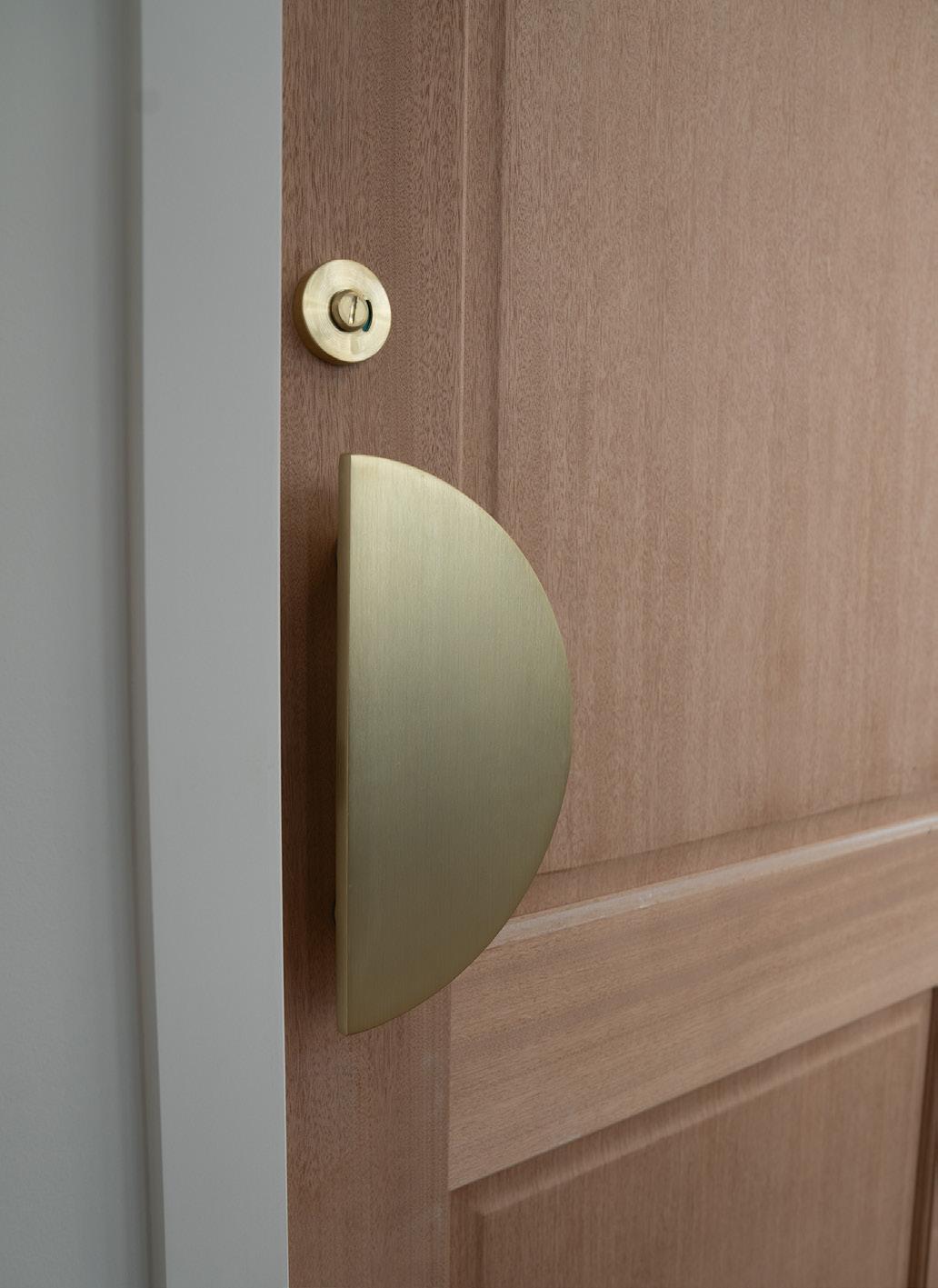
Altogether, the projected outlay sits between $27,000 to $30,000, and that doesn’t include the time and labour I’ve invested personally in managing every part of this build. It’s been a big financial and emotional investment. This was more than I had intended to spend on the salon, and this is exactly why I wanted to share this publicly, because it’s scary not having any idea about how wrong things can go. This salon has been my most challenging one yet, but if this can help just one person wanting to open a salon to make better choices - or even give them enough confidence to jump in - it will have been worth it.”
For those looking at building their own salon from scratch, what advice would you offer?
“Be realistic, research thoroughly, and plan intentionally.
Start by researching your costs and timelines, then add buffers for just-in-case situations. Don’t leave your setup timeline open-ended. Set a clear deadline and try to stick to it, because the sooner you open, the sooner you start making money.
Be intentional. Plan who you are, who you serve, and what you do in a cohesive way across everything: your physical space, your online presence, your imagery, and the atmosphere of your salon. Remember, it’s not just about building a nice salon. It’s about creating a space that makes sense for you, your clients, and the services you offer. Don’t forget the business side. Money matters. Plan for profit, not just expenses. Educate yourself on the parts of business you don’t know, because running a salon isn’t just about opening the doors, it’s about sustaining and growing.
I built my salon publicly because I wanted to be a reference point; to show what’s really involved, what can go wrong, and how you can adjust and move forward. More than that, I wanted to highlight how important your professional network is. I leaned heavily on other beauty professionals throughout this process, and you truly can’t underestimate how generous this industry is and how much people want you to succeed, if you’re willing to ask.”




